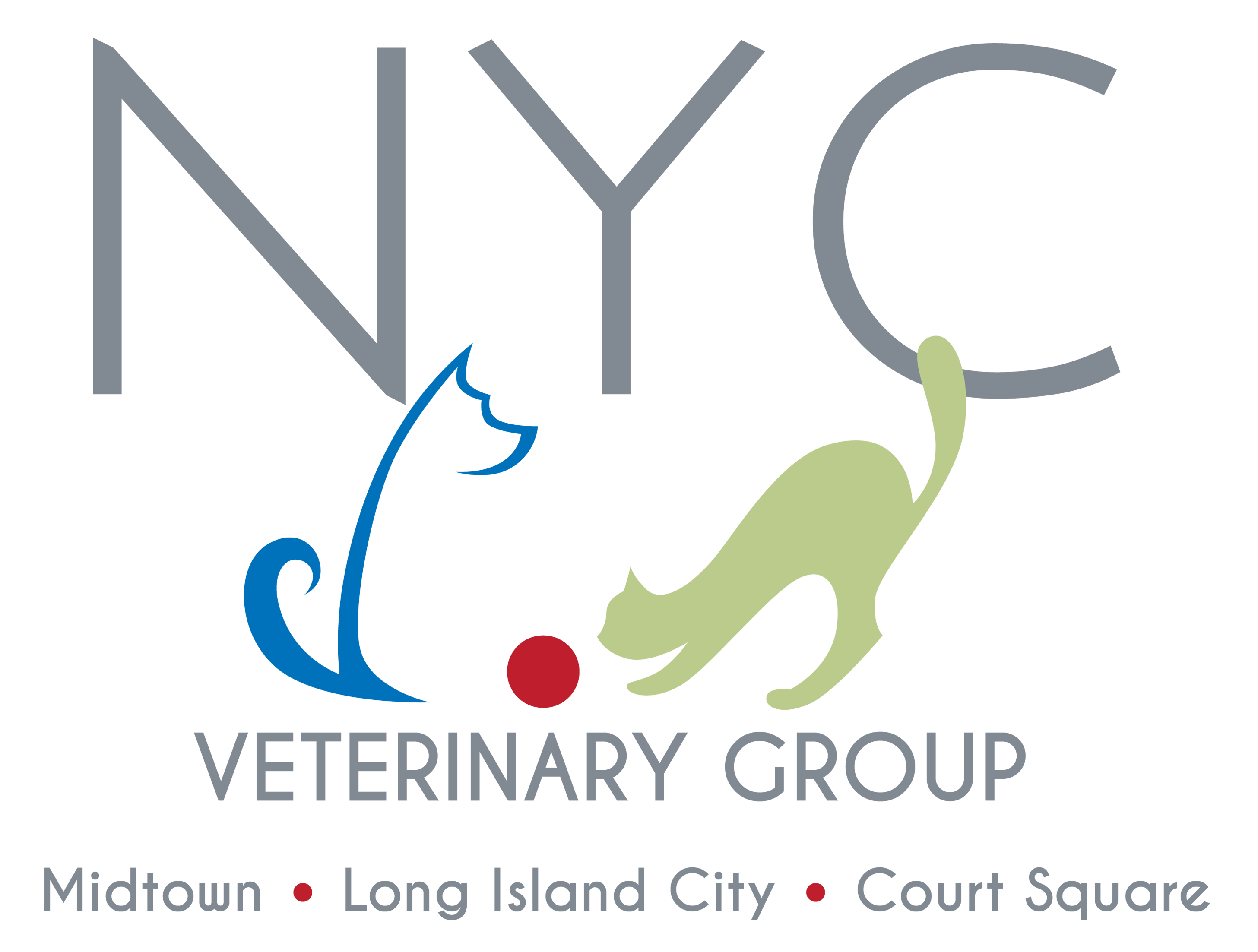Library
-
A true canine athlete, the Saluki needs a place to run safely every day, with fencing at least five feet high, since they are terrific jumpers and can easily escape. Clean and catlike, the breed fastidiously licks his paws – a habit that endears him to people who keep a spotless home – and is known for his independence.
-
The Samoyed's smile reflects his gentle, congenial nature. Like his forebears, this dog wants and expects to be considered a full member of his human family.
-
On first sight of the Schipperke, the dog appears to be a cloud of black down, fluffed up and unbelievably animated. If you could actually transform peppery energy into something material that you could touch, it would take the form of this elegant canine creature.
-
Among the most noble and elegant of breeds, the Scottish Deerhound looks most at home lounging in a Scottish castle. But while he does need room to stretch out, both inside and out, his quiet demeanor enables him to make even modest homes his castle.
-
Forget that pink bunny that runs on batteries - the Scottish Terrier has had the nickname "little diehard" since the 19th century. Small but incredibly solid, the Scottie is built like a shaggy black brick and this little ruffian wants to move, explore, chase things, and generally stay active and useful.
-
A cat’s claws are an integral part of their anatomy. Scratching behaviors are normal and serve many purposes, yet cats can cause damage and injury with their claws. By gaining an understanding of the reason that your cat uses her claws, you can provide her with alternative outlets and prevent her from causing damage to your property.
-
At first glance you might think she is a Scotty of a different color, but the Sealyham Terrier, or Sealy to her friends, comes from different stock and is very much her own dog. At one time a popular breed, she is now among the least known dogs. Yet she still retains her unique charm: a calm terrier, but nevertheless a terrier through and through.
-
The heroic dogs involved in search and rescue missions optimize their natural abilities to help distressed people.
-
Seizure assistance dogs trained to help the owner during and after a seizure. These dogs give their owners freedom to enjoy life knowing they have help nearby when they need it. These amazing dogs provide safety, security, and companionship.
-
Some dogs exhibit signs of distress when they are left alone. Separation-related behavior problems can include vocalizing, panting, pacing, and house soiling. Treatment includes behavior modification and, in some cases, medication. Consultation with a veterinary behaviorist is generally recommended.




